Outdoor Learning Through BioBlitz

Have you ever heard the saying “many hands make light work?” Well, this saying is true in many different contexts. I’m sure we’ve all experienced just how handy it is to have a team of people working together on a shared project or task.
This is why it shouldn’t be surprising that collaboration, teamwork, and having multiple hands on deck is valued in the scientific community. After all, there is a ton of work to be done on all fronts when it comes to scientific, and more specifically, environmental research.
Contributions to environmental research made by all kinds of people, not just scientists, are highly appreciated and encouraged! In fact, events such as BioBlitzes are centred around citizen participation in scientific research and information gathering, similar to the annual Christmas Bird Count.
What is a BioBlitz?
A Bioblitz is an event which involves an intense period of surveying, recording, and collecting information about living species within a designated area. In other words, the point of a BioBlitz is to determine the biodiversity of an ecosystem. This information is important, as biodiversity (variability among living organisms) is an indicator of ecosystem health. An ecosystem which is high in biodiversity is considered to be ecologically stable and healthy.
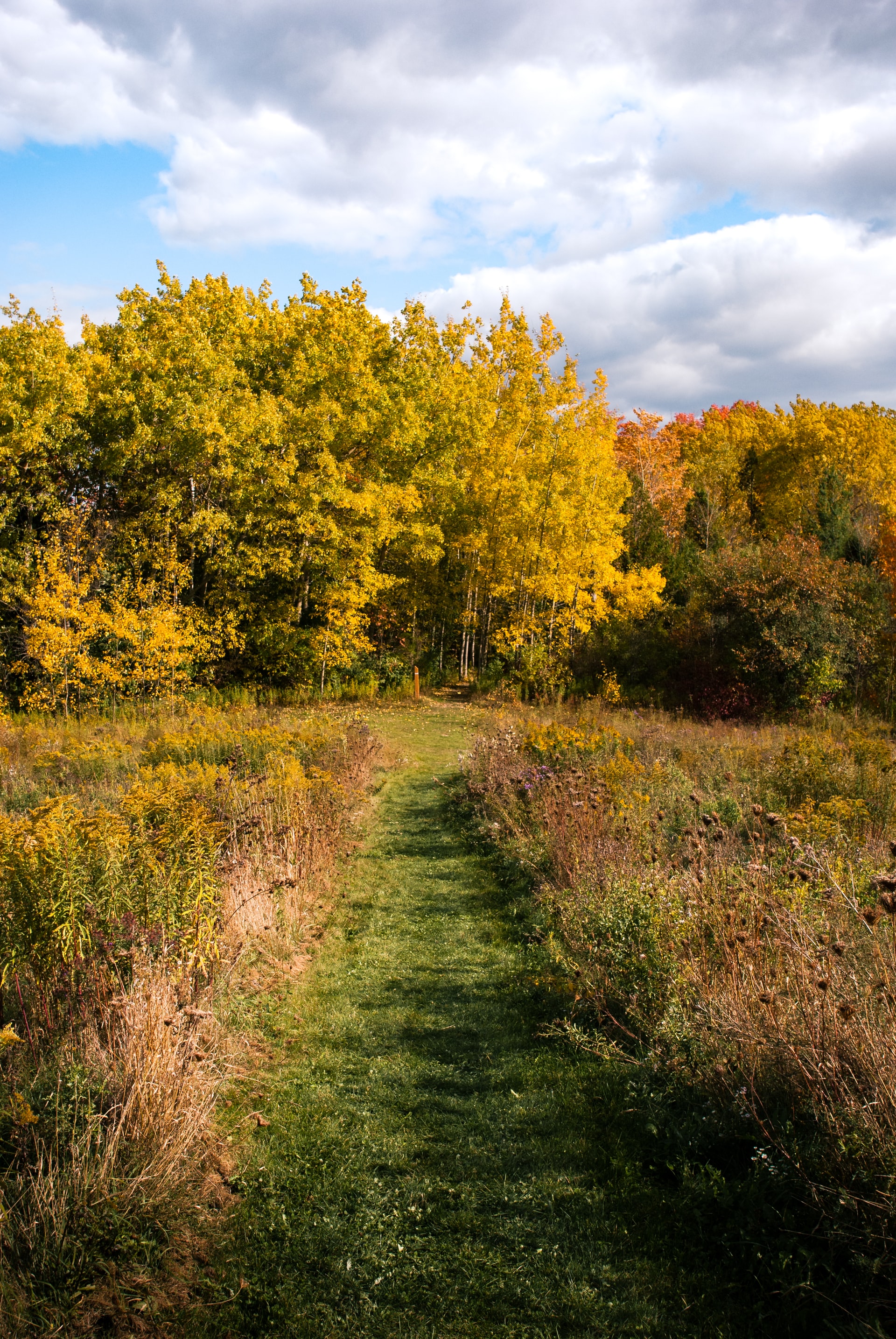
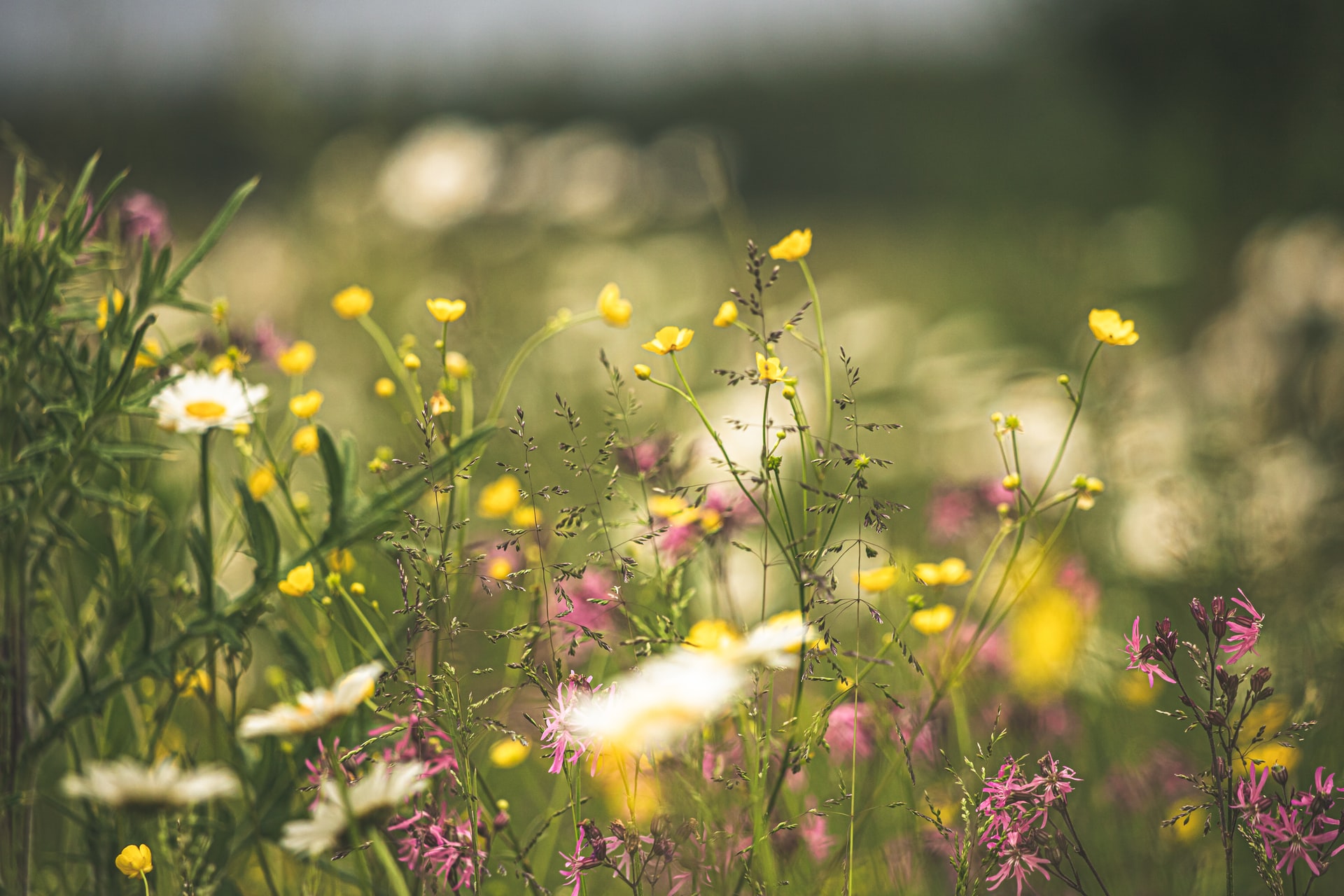
What makes a BioBlitz different from other citizen science projects is that they are conducted within a condensed period of time (usually 24 hours or so). This adds an element of fun, as all the participants are working together at the same time to catalogue all the species within a given area.
BioBlitzes are generally less structured than your typical field research, resulting in an enjoyable atmosphere where participants are encouraged to get to know each other as well as any scientists present. In a way, a BioBlitz can be thought of as a kind of treasure hunt!
iNaturalist
Different BioBlitzes will collect information differently, but a common tool that is used around the world is iNaturalist. iNaturalist is one of the most popular citizen science databases, and it is easily accessible through the iNaturalist app.
BioBlitz participants may be asked to download the iNaturalist app which allows individuals to take images of the living things they encounter and upload it to an open source database which can be accessed by scientists all over the world.
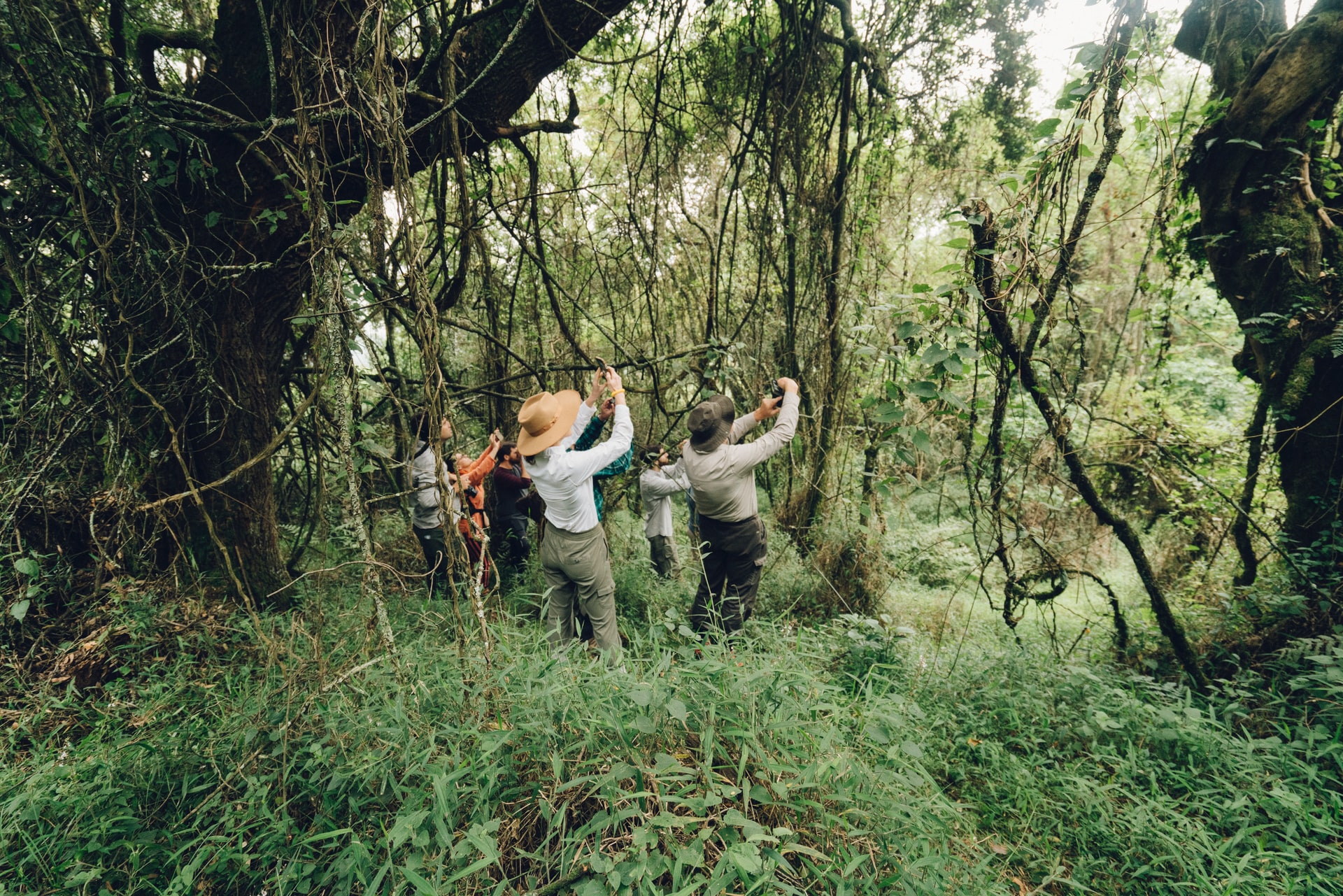
The process is quite simple! There are five main elements that need to be addressed when making an observation with the iNaturalist app during a BioBlitz.
- Who you are – this means you will have to make a free account on iNaturalist.
- What you saw – in the search bar, type the name of the species you encountered. Be as specific here as possible. For example, type “robin” instead of “bird.” If you are unable to identify the exact species, taking an image will be sufficient, as more experienced members of the community will be able to identify it for you! Cool right?

- Where you saw it – On your phone, the coordinates of where you saw this organism should be automatically added.
- When you saw it – this element should be automatically added as well.
- Evidence of what you saw – evidence such as a photo or sound will help make your observation more meaningful to the scientific community.
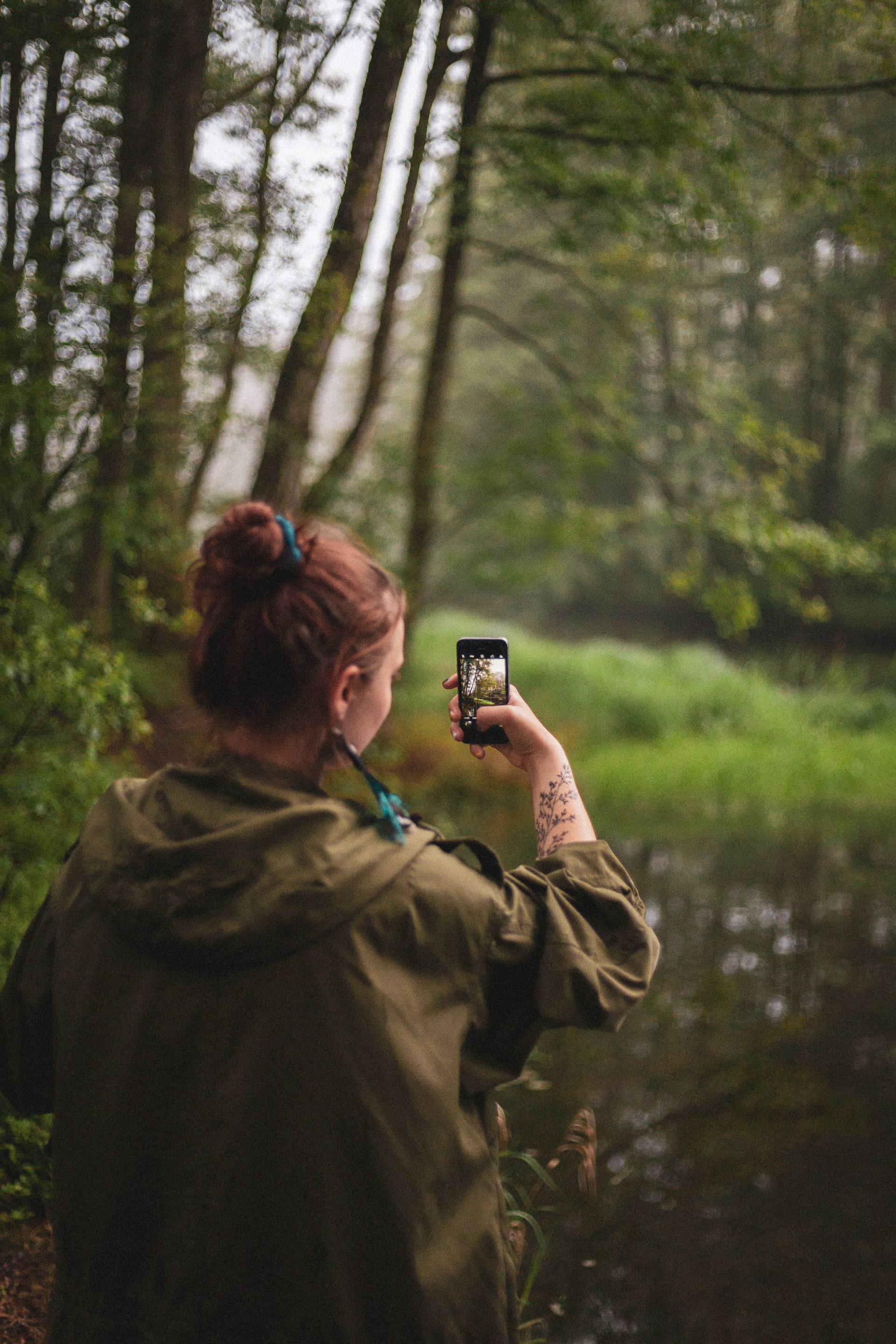
Participating in a BioBlitz – it's easier than you think!
Despite the fact that a BioBlitz is a scientific event, you don’t actually need to have any qualifications or education relating to science or biodiversity. Anyone who has an interest in science, the environment, spending time in nature, or simply having fun outdoors can join!
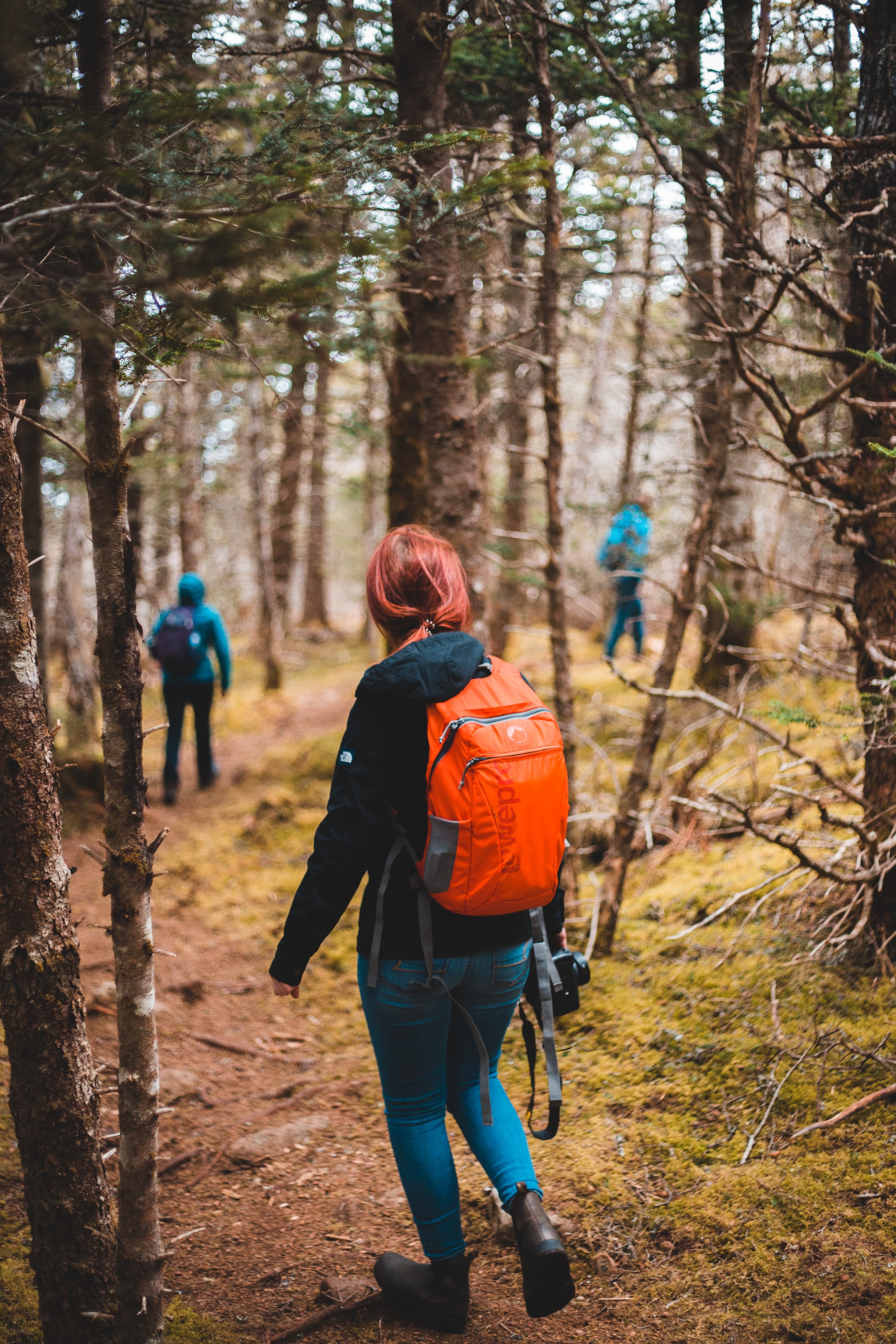
In many cases, signing up to participate in a BioBlitz is as simple as registering with your name, phone number and email address. Depending on where you are located, there are different organizations and groups which may host BioBlitzes. For example, BioBlitz events in Hungary are organized by the Hungarian Biodiversity Research Society.
If you are located in Canada, the Canadian Wildlife Federation has a website which lists the upcoming BioBlitz events throughout the different provinces and territories. Each event includes information such as the location, date, host partners, description, register links, and contact information.
Be sure to check out different organizations in your city, province/state, and country in order to find out how to join a BioBlitz near you!
Hold your own BioBlitz
You can even organize your own BioBlitz if you are so inclined. Make use of this BioBlitz planning guide and Tips and DIY Field Tools information sheet from National Geographic to help you get started!
Contribute to the scientific community this summer and join or host a BioBlitz when possible! These events are not only helpful, but fun, educationally rewarding, and a great way to meet new people with similar interests!
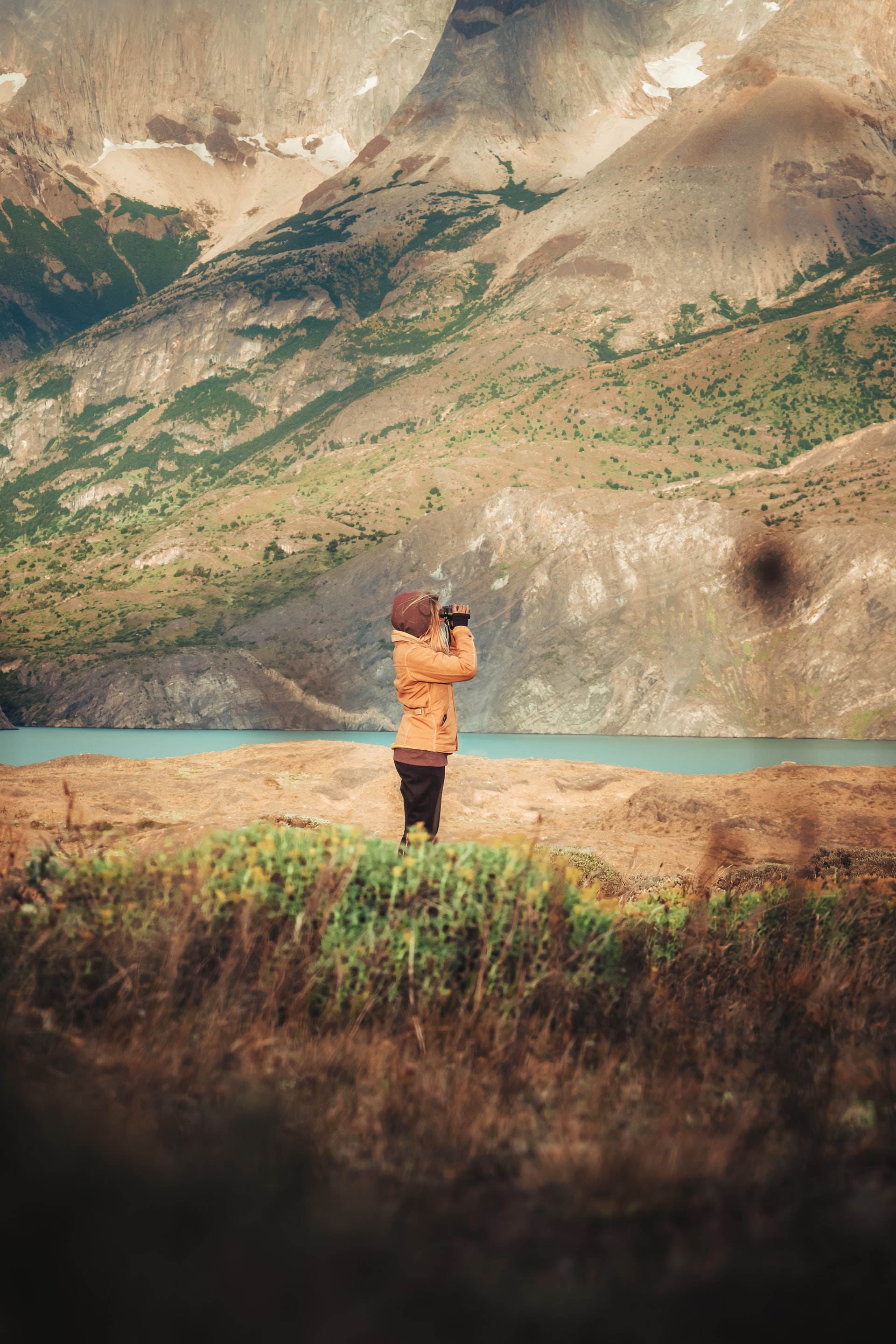
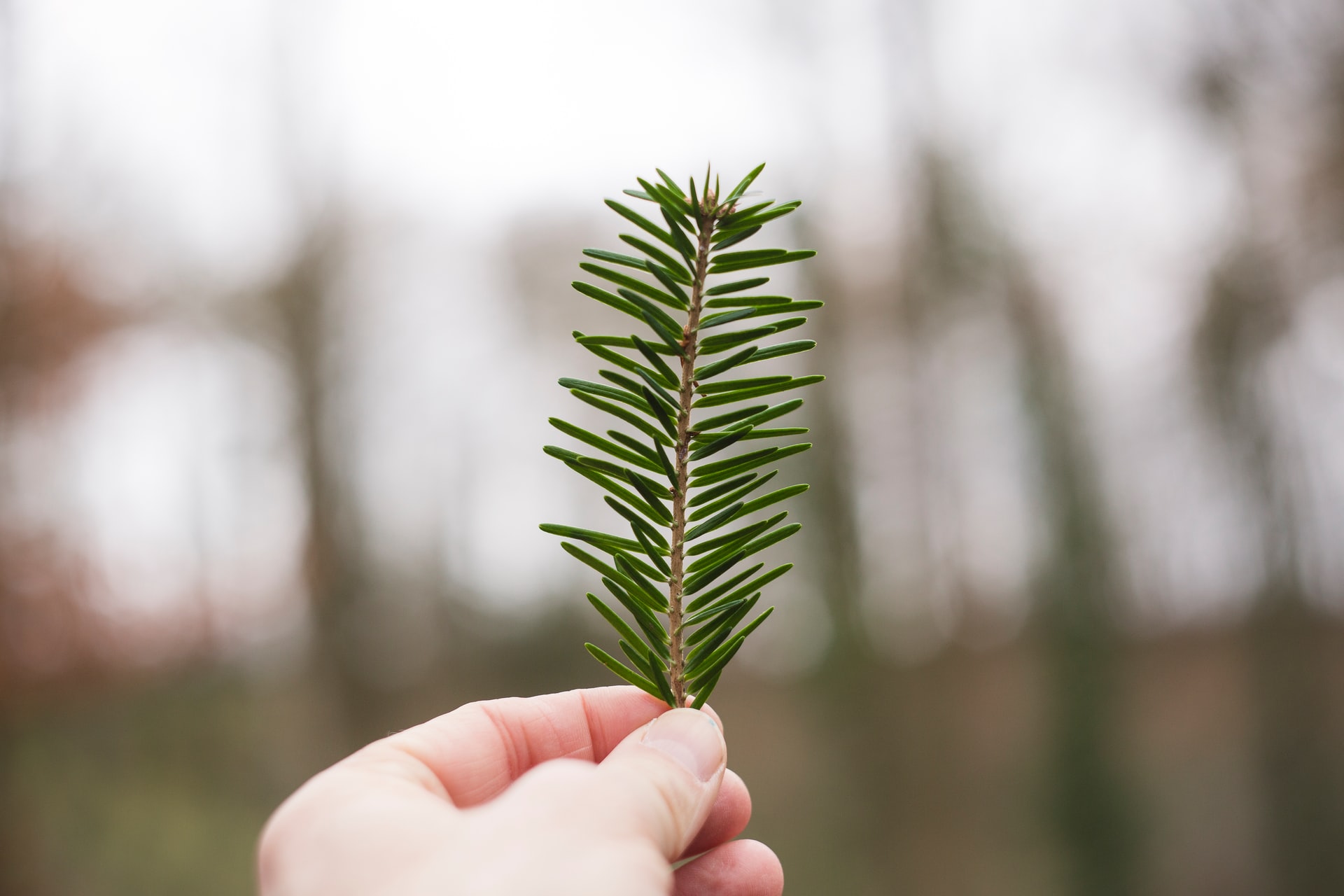
This is also a great activity to keep kids learning and engaged in new and different ways, which is especially important during the pandemic. Is this an activity that can be organized through a Girl Guides or Scouting organization for some fun outdoor learning? Consider how a BioBlitz can benefit both learning and increase the scientific community’s understanding of the species in your area.
Stay connected with news and updates!
Join my mailing list to receive the latest news and updates. Your information will not be shared.

